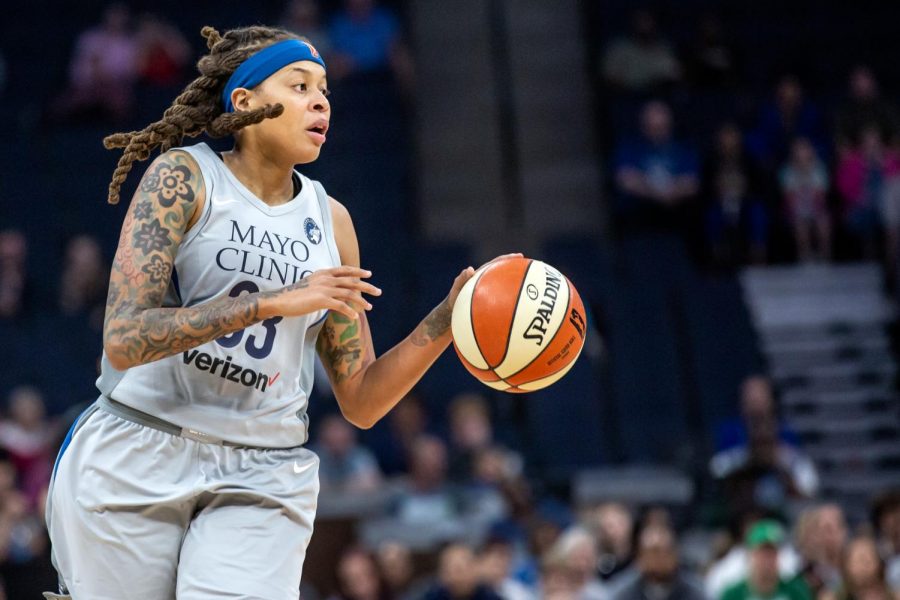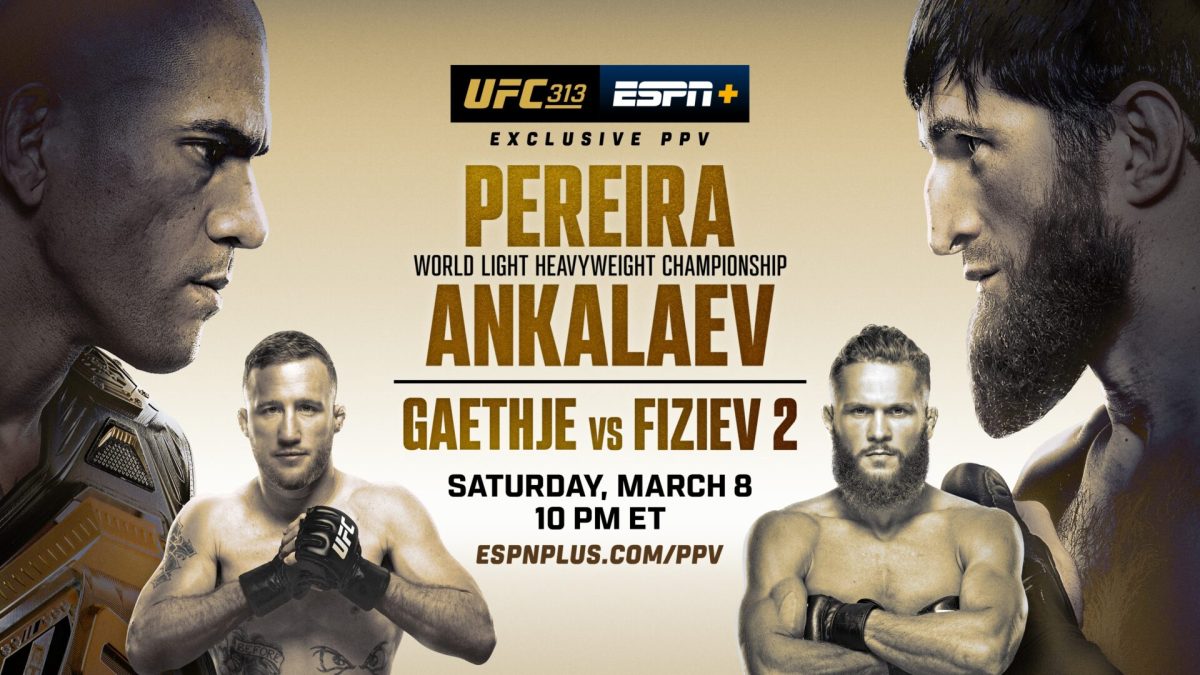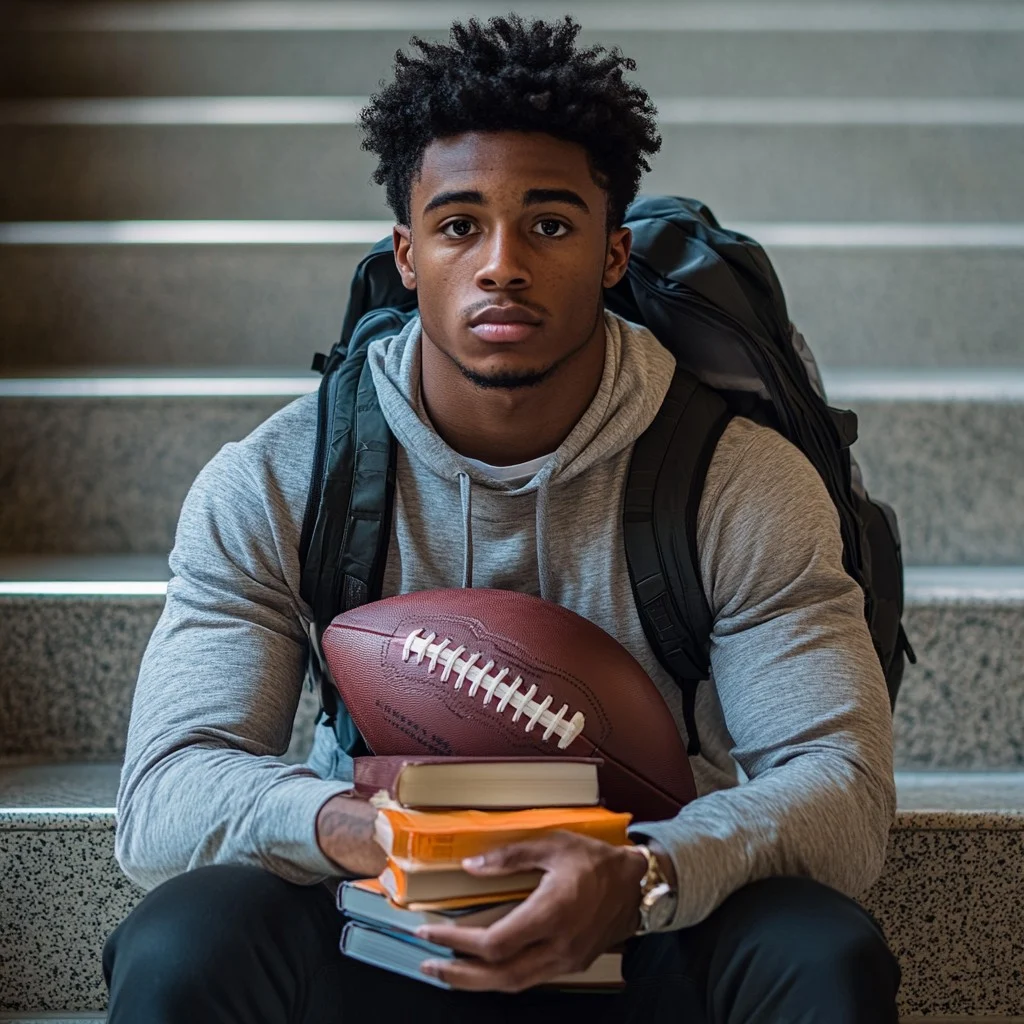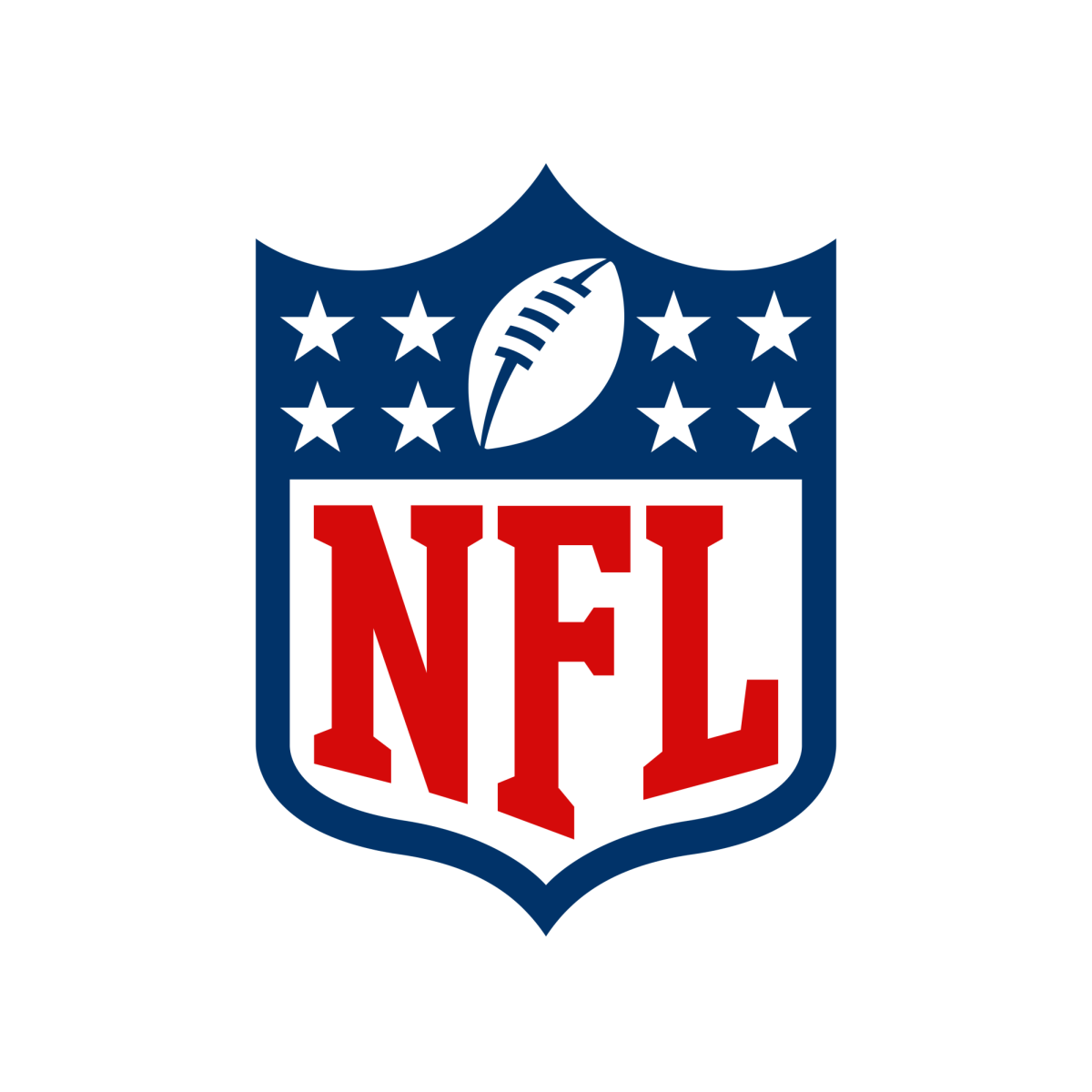How many women do you know that play sports? Well, nearly 44% of the student-athlete population are women who play sports collegiately. In professional sports, women make up 40% of the participants, yet only 4% are covered by the media. There’s clear discrimination against women’s sports.
The downside of discrimination
While a biased media in itself seems unfair to thousands of female athletes, it can actually have many damaging effects on girls of all ages. Firstly, without enough air time, older female athletes lose out on fans and sponsors. This leads to a lack of revenue for women’s sports teams, causing them to fold or not have high-quality equipment and facilities like their male counterparts.
While younger female athletes can’t play collegiately or professionally, they may look up to women who do. However, a lack of media coverage can gravely affect this too. If girls aren’t even exposed to it, how can they admire it? According to the Women’s Sports Foundation, “girls drop out of sports at two times the rate of boys,” and it’s oftentimes due to female sports programs being underfunded or under-promoted.
An opposing opinion
Many may argue that women’s’ sports are “boring” to watch because they aren’t as good as mens’. Outdated, that mentality won’t work. Someone that has no interest in basketball at all is more than likely able to name at least one NBA player because of the media that surrounds men’s professional basketball. However, it’s highly unlikely that that same person can name the best WNBA players because of the lack of coverage. In 2012, Bleacher Report compared talented WNBA player Seimone Augustus to the late Kobe Bryant. So obviously, skill isn’t necessarily the problem when deciding who receives airtime.
What’s being done to help
In order to combat the imbalance, athletic wear brand Adidas has issued a campaign titled She Breaks Barriers. The women-led team has a goal to give women and girls better access to sports. In addition to that, they hope to remove gender stereotypes and improve air time for female athletes at all levels. To create real change, they have hosted and participated in several events. Some include workshops and town hall meetings in major cities, as well as partnering with Jen Welter, the first female NFL coach, to develop the first women’s football cleats.
This has been a good year for women, whether it be in politics, music, and pop culture in general. It’s time the playing field was finally leveled out by sports media outlets though.













